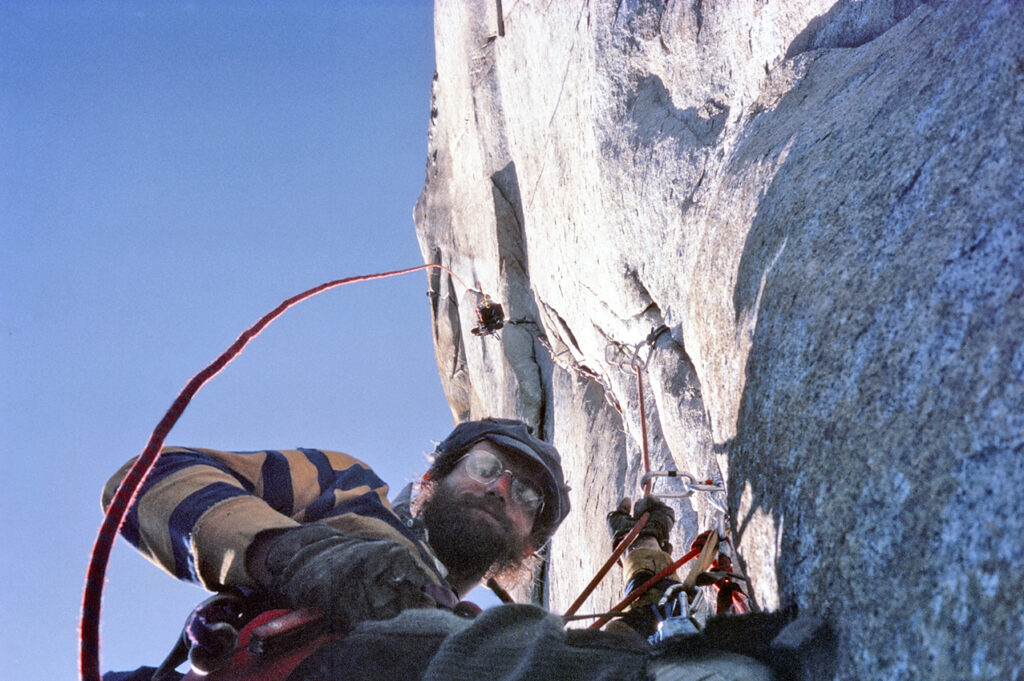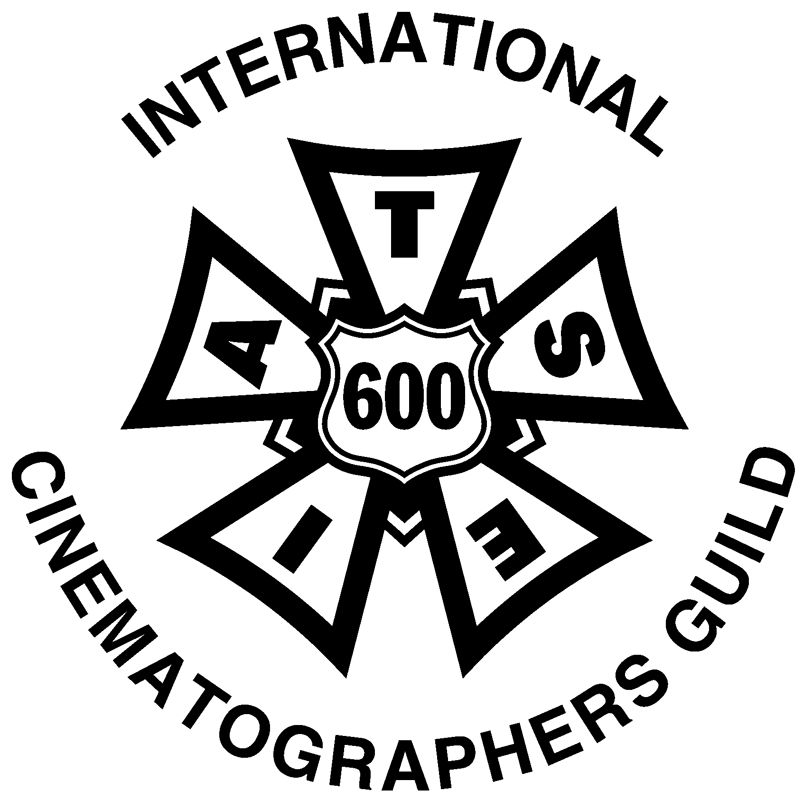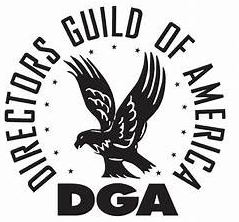with pictures
with words
Bob Carmichael’s career as a producer, director, cinematographer, and photographer spans four decades. His expertise includes documentaries, national brand commercials, and feature film 2nd units. Carmichael has an Academy Award Nomination and a national Emmy Award. The International Color Awards has nominated Carmichael’s still photography nine times for his nature, sports, multi-shot, and advertising work. In 2022, the International Photography Awards recognized two of his images with one Honorable Mention and three official selections in the sports, panoramic, and Fine Art categories.
Carmichael’s still photography is noted for his distinctive images of musical performances. For many years, he was the on-set photographer for Maroon 5. Carmichael created a new DSLR capture technique called photoGRAPHICvideo, which combines still photography and graphics, and is presented as a motion picture. The method was first used to cover the band’s Japan Tour in 2007 using the revolutionary high ISO D3 Nikon. This camera allowed Carmichael to shoot in low light and with no strobes. Carmichael refined the technique using a Hasselblad medium format camera to capture performance images during Maroon 5’s 2008 tour. This national tour ended at President Barack Obama’s Inaugural Ball. The resulting ” Story ” video won seven Silver Telly Awards in 2009.
He is a member of the DGA and the International Cinematographers Guild, known for his pioneering film work in extreme environments. Bob and his Boulder, Colorado studio are well known for their distinctive portraits, product photography, and commercial productions. His work includes fine art landscapes, fashion, architecture, and sports.

Bob graduated from the University of Colorado and was recruited as a Division One athlete. An injury ended his NCAA athletic pursuits. Carmichael began his climbing career in 1968, inspired by the emerging Boulder climbing community. He learned to climb on the steep and unforgiving sandstone of Eldorado Canyon. Upon graduation, he became a certified ski instructor at the Winter Park Ski School and guided clients for the Bob Culp Climbing School. By 1975, Carmichael had made two ascents of El Capitan in Yosemite, including the Salathe Wall, which was considered the longest, most challenging rock climb in the world. Carmichael’s Big Wall climbing experience enabled him to break new ground in getting cumbersome film cameras into vertical and extreme environments. His early projects led to new career paths for high riggers with climbing/production expertise in the motion picture industry.

In 1968, Bob Carmichael recovered from ACL surgery, which ended his career as a CU football letterman. He fell in with the small cadre of Boulder climbers and ardently learned to rock climb. By 1972, he taught skiing and guiding rock climbs for the Boulder Mountaineer. In the spring of that year, he made his first film, Break on Through, with a Tommy Bolin soundtrack. This film is recognized as one of the seminal influences in adventure sports filmmaking because it introduced the sport of climbing to a national television audience. Carmichael hitchhiked to New York City with his film in a backpack and sold it to CBS Sports. This led to a staff position at NFL Films, America’s premier 16mm sports film production company.
Breaking new thematic ground is the hallmark of Carmichael’s career. In 1973, he directed a segment for ABC’s The American Sportsman when he produced and directed the first man and woman climbing team seen on national television. Future Colorado Sports Hall of Fame climber Roger Briggs, Colorado Outward Bound instructor Barbara Euser, and author Barbara Euser were filmed making the third ascent of the 900-foot desert spire known as The Titan in the Fisher Towers of Utah.
In 1973, Carmichael moved to Philadelphia to begin his work at NFL Films as a staff director, editor, writer, and cinematographer. There, he learned motion picture production from the master long-lens cinematographer Ernie Ernst and NFL legends Jean Mason, Bob Ryan, Phil Tuckett, and Steve Sabol. His 1976 film Outside the Arena, a PBS series pilot set on the 14,000-foot-high Long’s Peak, promoted the Kenneth Cooper concept of lifelong athleticism. The film dramatized the action of the featured climbers, Roger Briggs and Kevin Donald, by using Nagra SNs to record sync sound on their vertical climb of the 2,000-foot-high Diamond face. The film also covered Paul Petzoldt, the legendary founder of NOLS, leading the Boulder Spivy family up the strenuous Long’s Peak hiking trail known as the Key Hole route. The film portrayed three generations of people experiencing a mountain adventure.
Carmichael’s Academy Award-nominated short, Fall Line, introduced extreme skiing to the American public. This film chronicled a ski descent of the infamously steep east face of Wyoming’s Grand Teton. Bob was the co-director and cameraman of that film with Greg Lowe. This film is considered the most widely viewed ski film of all time. In 2010, Carmichael and Kevin Donald wrote a Fall Line screenplay that recounts an extreme ski descent in the Himalayas.
In 1980, Bob was the principal climbing cameraman on the ABC Sports live telecast of George Willig’s ascent of Castleton Tower in Utah. Carmichael was the cinematographer of a one-hour HBO 1981 documentary titled To Climb a Mountain, which celebrated the International Year of the Handicapped. The film followed a group of physically challenged individuals who successfully climbed Mt. Rainer despite a recent avalanche that had killed eleven people. President Reagan hosted a White House reception for the climbers following their success. The film won a cable ACE award. Carmichael gained entrance to the International Cinematographers Guild as a camera operator on the made-for-TV movie High Ice. Once in the Hollywood union, he operated 35mm cameras on the 2nd unit of the television action series Knight Rider and Air Wolf. Carmichael also worked extensively as a film cameraman on 60 Minutes and 20/20, shooting stories ranging from Greyhound Therapy for the “homeless,” Homophobia, Future of the Navy, Hopi/Navajo, to Bo Derek. Carmichael Productions, Inc. also produced action and sports segments for the first hit reality television series, “Real People.”
Bob also directed the 1981 film First Ascent, which captured Lynn Hill and Beth Bennett making the first all-female free ascent of the Naked Edge in Eldorado Canyon, CO. Carmichael was a cameraman on three official Olympic films. Most notably, he worked with director Bud Greenspan on the 1984 Olympics in Los Angeles, which was shot on 35mm film for theatrical release. In 1985, Carmichael co-directed the English Channel 4 documentary Cloudwalker with Michael Tobias. This film followed climbing legends Jim Bridwell, Mark Wilford, and Jeff Lowe on a climbing expedition of the Moose’s Tooth in Alaska.
Carmichael introduced competition climbing to America in 1988. He envisioned and pitched a one-hour special to CBS Sports and its producer, David Michaels. The result was the first Snowbird International Climbing Competition broadcast nationally on CBS Sports. Carmichael was the lead cameraman. His rigging team created a 125′ hanging dolly for the contest, which enabled Carmichael to videotape the event moving vertically on command of his wench team. Carmichael’s central role in creating the Snowbird event, along with partner Jeff Lowe, is chronicled in the book High Drama by John Burgman. Sport climbing evolved into an Olympic Sport in 2022.
In 1989, he directed and shot the Captain Kirk “Free Solo” title sequence for Star Trek V, which was filmed high on El Capitan in Yosemite National Park. Alex Hannold commented on the integrity of Carmichael’s approach to “Free Soloing” El Capitan, and this TRAILER by Paramount demonstrates the footage was created all pre-CGI. Carmichael won a 1983 National Sports Emmy Award for Special Achievement in Sports Programming by producing and directing a groundbreaking exposé documentary film, Football in America, that investigated traumatic injuries in football. Today, this iconic film can be found on the Concussion Legacy Foundation (CLF) website. In 2016, the New York Times ran a feature article about Carmichael’s contribution to awareness of football’s dangers, titled: For Filmmaker, Game Dangers Trumps Thrills. That article prompted Carmichael to thoroughly research American football and focus on the game’s cultural, equitable, and medical consequences. After one year of study, Carmichael produced a 75,000-word manuscript detailing a proposed television series on the game.
For National Geographic Explorer, Carmichael produced long-form, 16mm documentaries on Big Wave Paddle In Surfing at Waimea Bay, Hawaii, and Vertical Ice Climbing on Bridal Veil Falls in Telluride, Colorado. The History Channel ran a four-hour series on Extreme Cold Weather Survival, for which Carmichael received cinematography and writing credits. As a 2nd unit action director and cameraman, Carmichael has credits for the films Navy SEALs, Star Trek V, First Wives Club, Queens Logic, and Baywatch. Carmichael has logged over 100 hours of helicopter aerial photography. He shot on the 2nd units of Terminator, Top Gun, and Hunt for Red October. In 1996, Bob directed a 48fps projection special venue film about the Daytona 500 race. This project involved twenty-four Super 35mm camera operators, helicopter aerials, cranes, and high-speed camera cars for stunt sequences. A staged 7-car race finish sequence was performed just before the start of the race, with 200,000 people in the stands. A permanent special venue theater was built at the International Speedway to exhibit the vicarious thrills of this Daytona 500 high-frame-rate (HFR) film.
Carmichael and his elite team of expert mountaineers and watermen pioneered rigging techniques that created new visual perspectives in extreme sports. These unique skills created opportunities for him to bid, direct and shoot national commercial projects for clients such as Reebok, Sprite, Ford, Merrill Lynch, Bayer Asprin, USMC, Burger King, Kellogg’s Tony the Tiger, Smuckers, Cadillac, Adidas Cologne, Disney World, Busch Gardens, Sea World, Six Flags, Molson Beer, Coors Beer, Sea-Doo, Kawasaki, Nautica, Bally’s, EA Sports, USA Cycling, Hawaiian, Mexican, and BVI tourism.
Carmichael’s ability to create arresting imagery and direct dialogue can be seen in his spots for Medtronic’s hearing aids, Metro Denver Boys and Girls Club, 7th Generation Hand Lotion, and PSAs for the Colorado Department of Public Health and Boulder’s drive to municipalize its energy grid. Carmichael is on the communications team for Empower Our Future.
[spl]





































